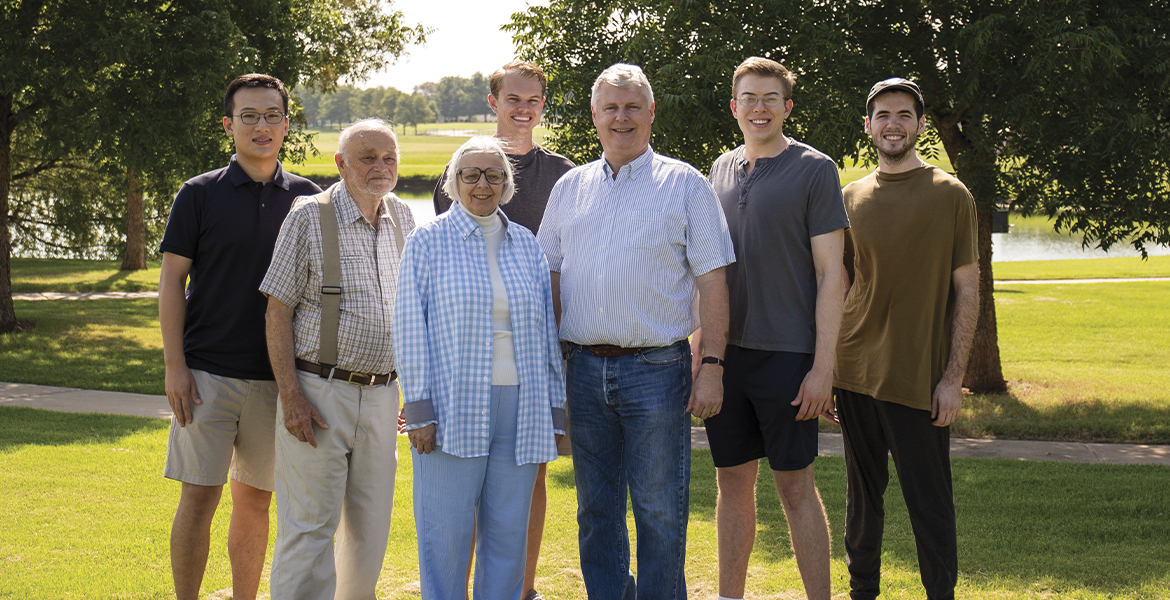
Getting Its Wings
Friday, November 1, 2019
OSU’s Eric Benton is developing new radiation detector based on device that flew on NASA's space station
A successful 2018 project with NASA is providing the foundation for an improved radiation detector. Physicist Dr. Eric Benton and graduate students in his lab developed a tissue equivalent radiation dosimeter that flew on the International Space Station last summer.
The device produced predictable, reliable data at a fraction of the cost. The detector also provided an improvement over previous models: the possibility for real-time information.
“The new science is the device itself,” Benton said. “We got data as high quality as what was previously obtained on NASA instruments.”
Previous radiation detectors were passive, working much like film with no way to determine if the radiation exposure happened all at once or over time.
“We had no idea about any time structure of the radiation. Did it all come at once? Was most of it pretty small but there were a couple of bad days? Those are really simple detectors,” Benton said.
“There are no electronics. This was my first effort to fly an electronic instrument in space. It was a real departure for me personally and my research group to go into this new area.”
Benton has plans for a new model. There are two types of radiation particles: charged particles like electrons and protons, and uncharged particles, which are mostly neutrons. Neutrons are biologically damaging compared with charged particles of similar energy.
“Neutrons don’t interact with anything electrically,” he said. “They have to go through nuclear interactions with the nuclei of atoms so you only see them indirectly. In all of these detectors to date, we couldn’t tell a difference. The new version will be able to discriminate between the two.”
Knowing what fraction of the radiation is coming from uncharged particles could help scientists construct better spacecraft or provide a means to limit exposure.
